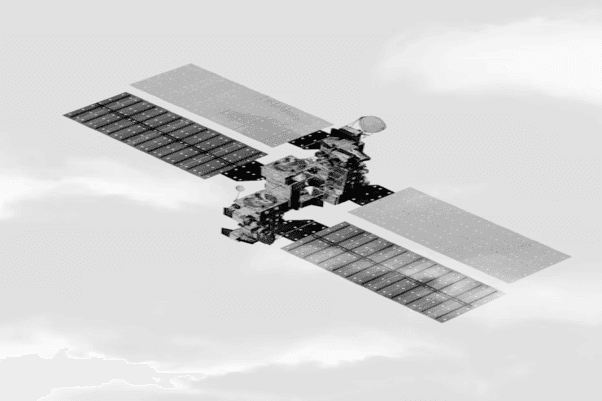Pentagon to Cut Off Decades‑Old Weather Satellite Feed, Sparks Forecasting Fears

1. What’s happening?
By July 31, 2025, the U.S. Department of Defense (DoD) will officially cease its public distribution of weather data from its decades‑old Defense Meteorological Satellite Program (DMSP). This abrupt cutoff, initially scheduled for June 30 but later postponed by a month amid mounting criticism, impacts key datasets from the Special Sensor Microwave Imager Sounder (SSMIS) aboard three aging polar‑orbiting satellites: F‑16, F‑17, and F‑18.
2. Why is the feed being cut off?
The DoD cites information technology modernization standards and persisting cybersecurity concerns as the primary drivers. The Navy’s Fleet Numerical Meteorology and Oceanography Center (FNMOC) insists the program no longer meets their IT modernization requirements. Meanwhile, NOAA framed the initial discontinuation as a measure to mitigate a significant cybersecurity risk.
3. A controversial decision: why experts are worried
Meteorologists and climate scientists are sounding the alarm:
- Three-dimensional storm data loss: The microwave imagery provides an MRI‑like glimpse inside storms, especially critical at night, insights that infrared or visible-light sensors can’t match.
- Nighttime and intensification tracking: As atmospheric scientist Matthew Cappucci warned, without this data, forecasts could be delayed for hours, especially during rapid storm intensification.
- Hurricane risk elevated: Experts say this could be a regression to pre‑2000 forecasting capabilities and warn that lives could be at stake.
4. Who is affected?
Civilian forecasters, including those at the National Hurricane Center and NOAA’s National Weather Service, will lose near-real-time access to DMSP’s microwave data. Military analysts will retain access via direct-readout terminals, but civilian systems will be cut off.
5. Is there a Plan B?
In early 2025, the U.S. Space Force launched the Weather System Follow-On – Microwave (WSF-M) satellite, which became operational in April. However, this new sensor’s data is not yet widely accessible to civilian forecasters, raising questions about timing and data-sharing arrangements. Additional follow-on satellites are planned for 2026 and 2027, but most won’t be online until well after this season.
6. What comes next?
The switch-off was delayed from June 30 to July 31 after public outcry and internal appeals, including from NASA and NOAA. A data gap may emerge during the peak hurricane period (August to October 2025), potentially impairing predictions of storm path and intensification. Meteorology and climate professionals urge transparent data-sharing protocols, particularly around the transition to next-gen systems and cybersecurity mitigations.
7. Broader context
NOAA has faced staffing cuts and restructuring in 2025, fueling speculation about reduced scientific capability in the face of privatization pressures. The DoD is prioritizing IT compliance and security over maintaining data outreach, a choice that critics argue compromises public safety.
8. Bottom line
The DoD’s decision to halt public access to microwave data from the vintage DMSP satellites by July 31, 2025, represents a significant shift in U.S. hurricane forecasting capability. While the military maintains access and a next-gen satellite is now operational, the gap in timely, shared microwave observations poses a real risk during the most dangerous portion of the hurricane season. Experts are now pushing for secure yet open data exchange as the country transitions to modern weather satellite infrastructure.
Business News
B2B Buyers Push Back on Traditional Sales as New Adience Research Signals Shift for 2026
TPT Strengthens Consolidation Offering with Planned Run-On DB Superfund
Taking Care of Your Employees: 5 Tips for Empowering Your Team
From Zero to Certified: The Journey Behind Every Home System Expert
When Expenses Get Creative: Survey Exposes Bizarre Claims




















